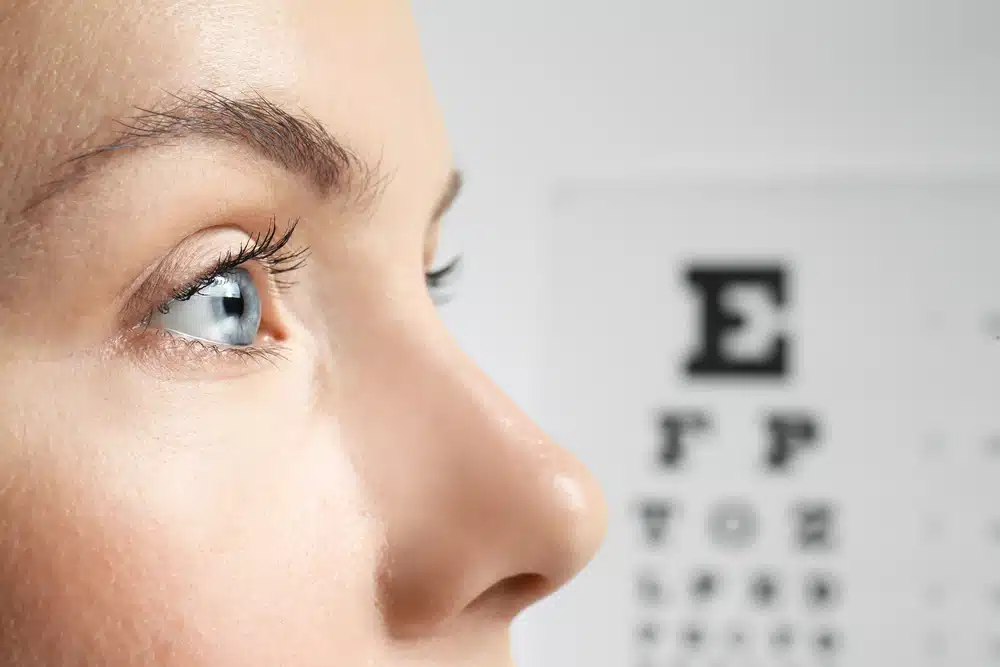
2023 saw some groundbreaking studies and cutting-edge technologies. Let’s rewind the clock and review some of this year’s significant eye health achievements, illuminating a path toward clearer vision and improved well-being:
Contents
Glaucoma Cell Replacement Therapy
In 2023, there were significant strides in combating glaucoma, a major contributor to blindness around the globe. The Schepens Eye Research Institute of Mass Eye and Ear spearheaded a groundbreaking approach to cell replacement therapy for this disease.
Departing from conventional methods, researchers manipulated the eye’s microenvironment to transform blood-derived stem cells into retinal ganglion cells. Published in Proceedings of the National Academy of Sciences (PNAS), this study, while focused on adult mouse retina, showed that these transformed cells can move and survive in the eyes of the mice. By focusing on specific molecules called chemokines, the researchers found a promising method to guide these replacement cells, offering hope for restoring vision in people with glaucoma.
New Eye Drops for Wet AMD Treatment
A groundbreaking development at the University of Illinois Chicago presents a potential game-changer for individuals suffering from wet age-related macular degeneration (AMD), a leading cause of blindness. Researchers, led by UIC’s Yulia Komarova, devised a small-molecule inhibitor capable of reversing AMD-related damage and promoting regenerative processes.
Unlike current treatments requiring eye injections, this innovative compound can be administered through simple eyedrops, enhancing patient convenience.
Discovery of a New Subset of Interneurons in the Retina
Northwestern Medicine researchers have identified a novel subset of retinal interneurons challenging previous notions about the eye’s internal mechanisms. The study, featured in Nature Communications, found a new type of cell in the eye that helps us see better in both bright and dim light. Previously, it was believed that different cells in the eye respond to turning the light on or off.
The newly identified cells, called amacrine cells, can give an “off” signal even when they’re in the part of the eye that’s supposed to respond to turning the light on. These cells act like traffic controllers, making our eyes more sensitive to seeing things in the dark. The researchers used advanced genetic techniques to uncover this hidden aspect of our vision. This discovery introduces a new kind of cell and sheds light on how our eyes adapt to different lighting conditions.
Artificial Intelligence Can Help Estimate RP Progression
Researchers, led by Dr. Daisuke Nagasato, found that artificial intelligence (AI) using ultra-widefield fundus autofluorescence images can objectively assess the progression of retinitis pigmentosa (RP) and estimate visual function. The results suggest that AI, particularly utilizing deep learning, can efficiently monitor RP progression during follow-up, providing valuable insights for clinical assessment when effective treatment options are lacking.
Looking Forward
As research and technology continue to move the needle forward in the world of vision, it’s essential to continue monitoring your eye health and taking proactive steps to protect it. This includes maintaining regular eye exam schedules and seeking professional guidance for the right corrective solutions. At Laurier Optical, we bring you the most innovative options in eye health to help you see the world clearly. Reach out to us today to book your appointment.